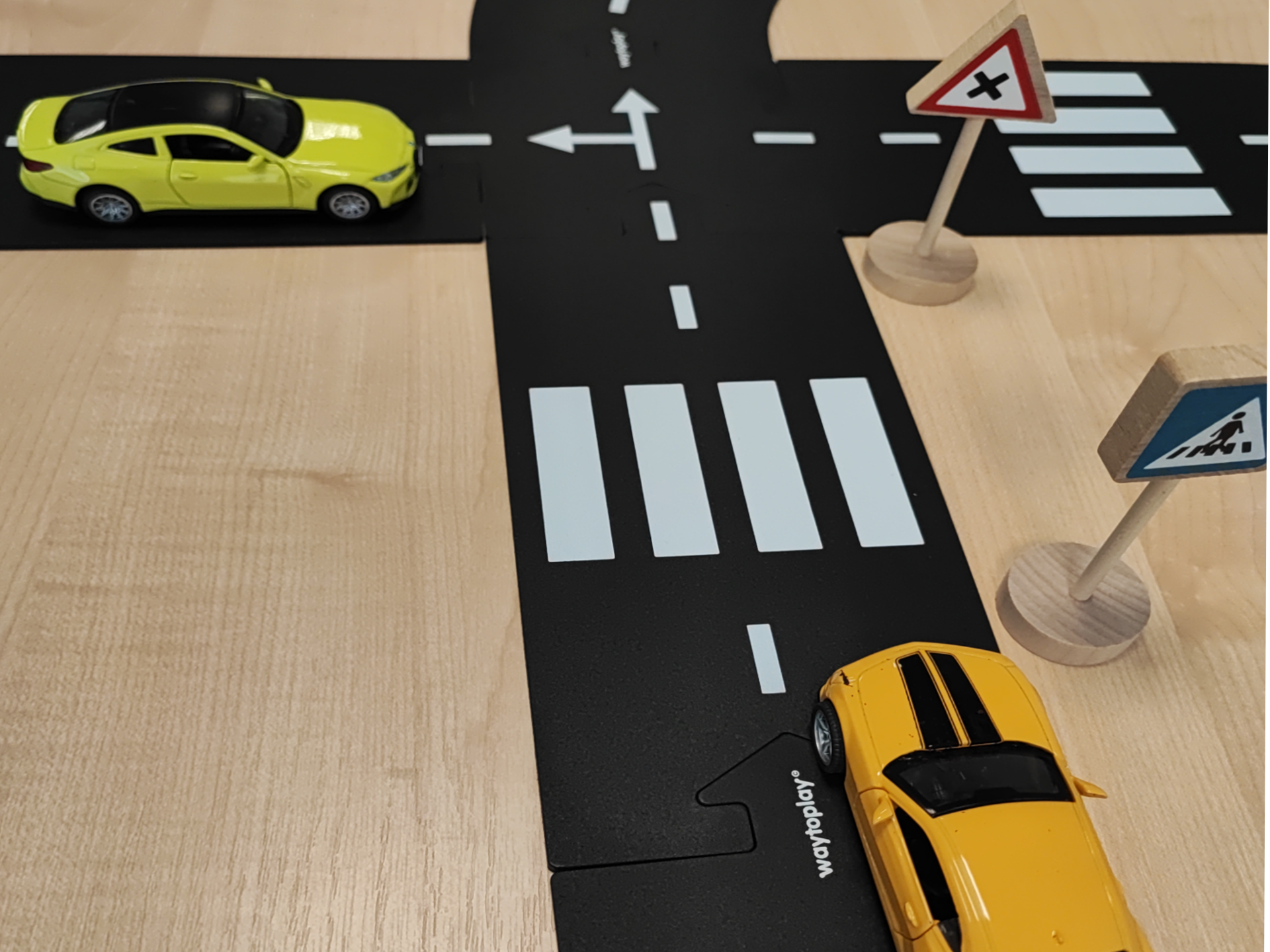In connection with the fact that the driving exam is conducted in Estonian and clients may sometimes require the assistance of a translator, text prepared by a colleague to facilitate the translator’s work. The text is advisory and not meant to be memorized word for word, but we hope it will be helpful for those who need it.
Introduction to the Category B Driving Exam
– Today, we will drive for at least 35 minutes.
– We will drive in urban and non-urban areas and perform 3 exercises, which will take a maximum of 10 minutes in total.
– Before starting the exercises, the examiner will explain what needs to be done.
– The examiner evaluates three aspects: vehicle control, ensuring safety, and independent navigation in traffic.
– The first aspect: vehicle handling skills.
– The second aspect: traffic-safe behavior, i.e., awareness of danger.
– The third aspect: independent navigation in traffic conditions.
– The examiner will give instructions such as: “turn right,” “turn left,” “turn back,” or “exit at the nth exit of the roundabout”; we may also follow road signs.
– If the examiner does not say anything, it means we continue straight or along the main road.
– If you have any questions, the examiner will try to answer them.
– If the examiner has questions during the drive, are you willing to answer them?
– If you have questions about the vehicle, the examiner will help you find answers… but you are expected to handle everything as independently as possible.
– In summary: drive independently, follow the rules, and consider traffic signs and other road users.
Vehicle Safety Questions
The examiner will ask 2 questions (question No. … and No. …):
Category B Driving Exam Exercises
– Turn the car around in a confined area and continue driving in the opposite direction.
– The candidate chooses the appropriate way to turn around at the location designated by the examiner. Additional maneuvers are allowed.
– Assessment errors: driving out of the designated area or roadway boundaries, unsafe behavior.
– Reverse the car (or trailer combination) for 20–30 meters and stop with the vehicle’s longitudinal axis parallel to the road edge. When reversing along a curve, visibility must be sufficient.
– When correcting, return to the starting position or the position designated by the examiner.
– Assessment errors: driving off the roadway, entering the opposite lane, unsafe behavior.
– Park the car in a designated parking spot by turning either right or left.
– Adjustments are allowed, as long as the intention to use the selected parking spot is clear.
– Assessment errors: improper parking according to traffic regulations, parking on the road marking indicating the parking spot, or parts of the car extending beyond the parking spot; incorrect parking.
– Park the car parallel to the curb or marked area, and then exit the parking spot.
– Assessment errors: improper parking according to traffic regulations, parking on or beyond the road marking indicating the parking spot, parking on the edge of the roadway, incorrect parking.

